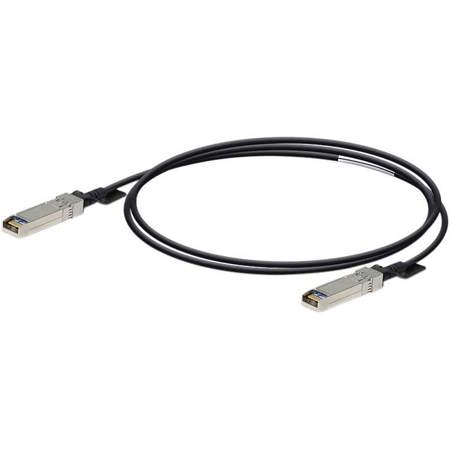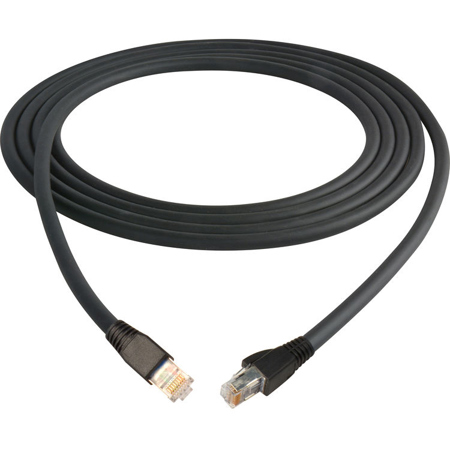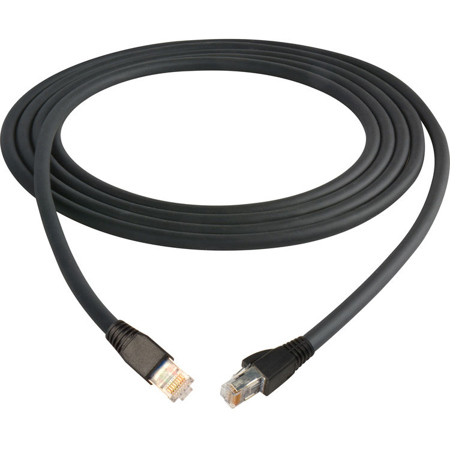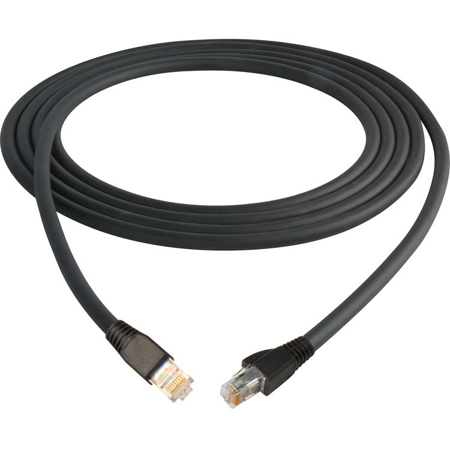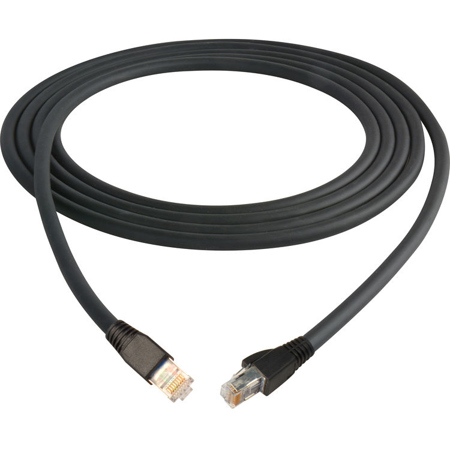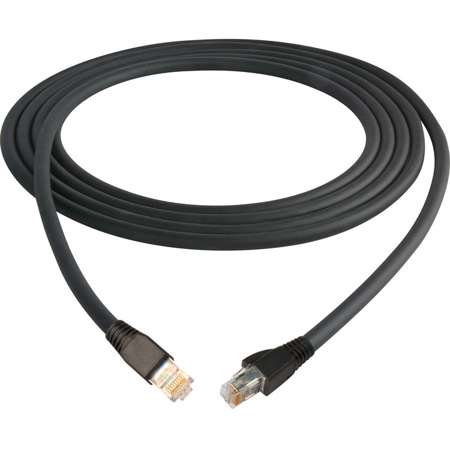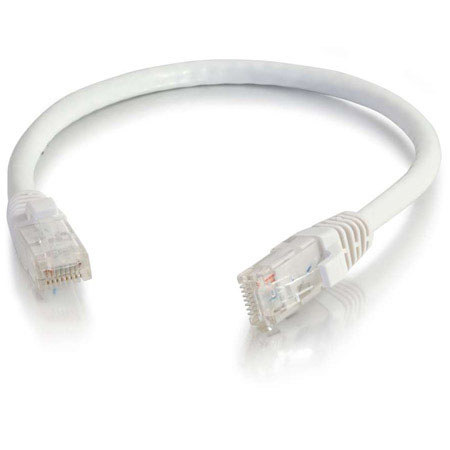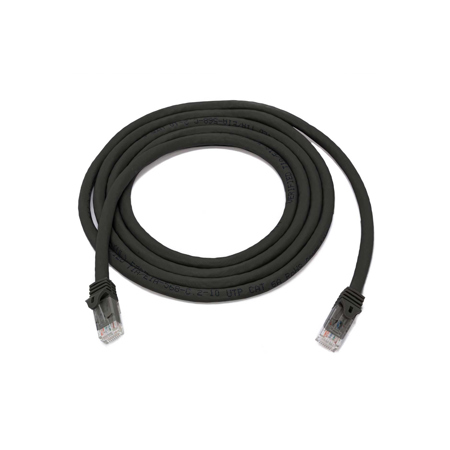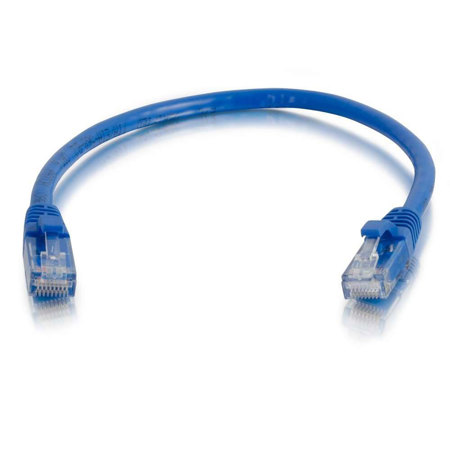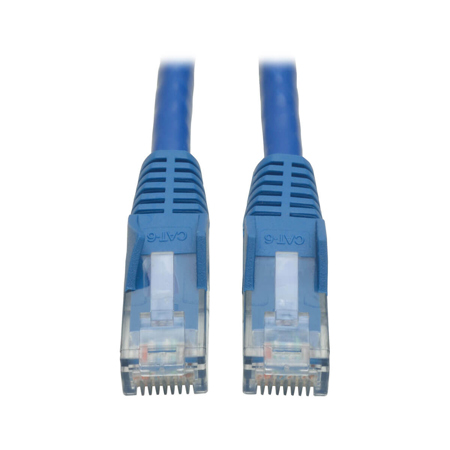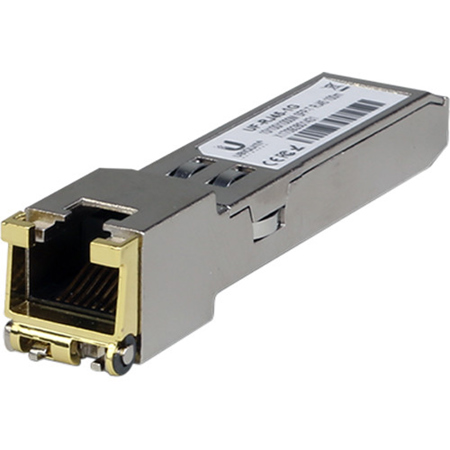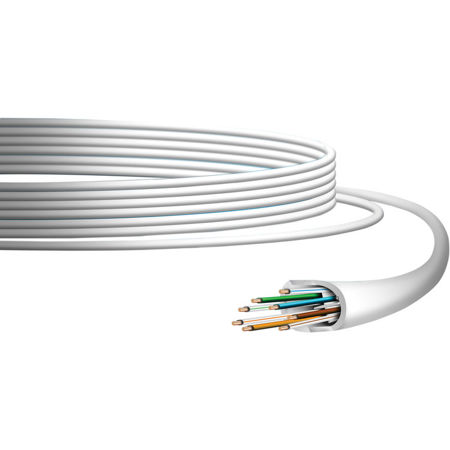Copper Ethernet Cables
Copper Ethernet cables are a foundational element in both home and professional networking setups, delivering the speed and reliability required for everything from casual web browsing to demanding data transfers in bustling offices or creative studios. As winter ushers in longer nights and more time spent indoors, many people find themselves tackling projects like upgrading their home office, optimizing their entertainment systems, or preparing new workspaces for the year ahead. Copper Ethernet cables are the unsung heroes behind seamless streaming, lag-free gaming, and rock-solid connections for remote work. With their sturdy construction and proven performance, these cables are a smart choice for anyone who values consistent connectivity, whether you’re setting up a gaming den, wiring a photography studio, or ensuring stable video calls for remote learning and collaboration.
Selecting the right copper Ethernet cable involves considering several key factors, such as cable category, shielding, and length. Categories like Cat5e, Cat6, and Cat6a each offer different bandwidths and transmission speeds, making it important to match your cable to your internet service and the demands of your devices. For those running cables through walls or in environments with potential electrical interference, shielded cables provide an extra layer of protection against signal degradation. Length is another practical consideration—shorter cables are ideal for desktop setups, while longer runs can connect distant rooms or devices without sacrificing performance. Many professionals, including photographers, videographers, and audio engineers, rely on copper Ethernet cables for transferring large files to and from network-attached storage or servers, where speed and reliability are paramount. During the holiday season, these cables also make thoughtful, practical gifts for tech enthusiasts, students heading back to campus, or anyone looking to upgrade their home network for the new year.
Copper Ethernet cables are versatile enough for a wide range of applications. They’re frequently used not just in homes and offices, but also in creative environments like recording studios, production houses, and classrooms, where secure, high-speed wired connections are essential. The tactile feel of a well-made cable, the satisfying click as it locks into place, and the peace of mind that comes with knowing your connection won’t drop in the middle of a critical upload or live stream make these cables a staple for anyone serious about their digital workflow. For those interested in customizing their setup or color-coding their network for easy identification, options abound—including specialty colors like Yellow Ethernet Cables, which stand out in complex installations. Whether you’re a seasoned IT professional, a creative working from a home studio, or someone simply looking to future-proof their home network, investing in quality copper Ethernet cables is a decision you’ll appreciate every time you log on, upload, or stream.
Selecting the right copper Ethernet cable involves considering several key factors, such as cable category, shielding, and length. Categories like Cat5e, Cat6, and Cat6a each offer different bandwidths and transmission speeds, making it important to match your cable to your internet service and the demands of your devices. For those running cables through walls or in environments with potential electrical interference, shielded cables provide an extra layer of protection against signal degradation. Length is another practical consideration—shorter cables are ideal for desktop setups, while longer runs can connect distant rooms or devices without sacrificing performance. Many professionals, including photographers, videographers, and audio engineers, rely on copper Ethernet cables for transferring large files to and from network-attached storage or servers, where speed and reliability are paramount. During the holiday season, these cables also make thoughtful, practical gifts for tech enthusiasts, students heading back to campus, or anyone looking to upgrade their home network for the new year.
Copper Ethernet cables are versatile enough for a wide range of applications. They’re frequently used not just in homes and offices, but also in creative environments like recording studios, production houses, and classrooms, where secure, high-speed wired connections are essential. The tactile feel of a well-made cable, the satisfying click as it locks into place, and the peace of mind that comes with knowing your connection won’t drop in the middle of a critical upload or live stream make these cables a staple for anyone serious about their digital workflow. For those interested in customizing their setup or color-coding their network for easy identification, options abound—including specialty colors like Yellow Ethernet Cables, which stand out in complex installations. Whether you’re a seasoned IT professional, a creative working from a home studio, or someone simply looking to future-proof their home network, investing in quality copper Ethernet cables is a decision you’ll appreciate every time you log on, upload, or stream.
